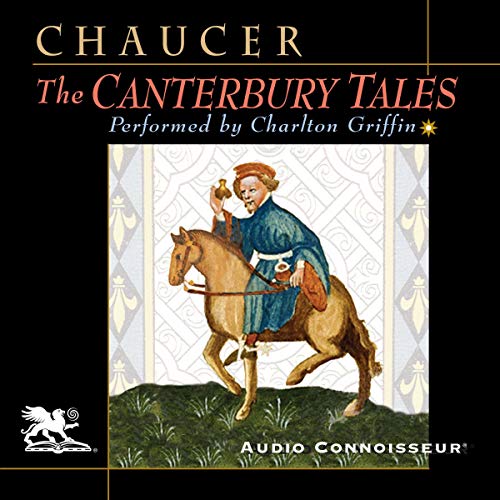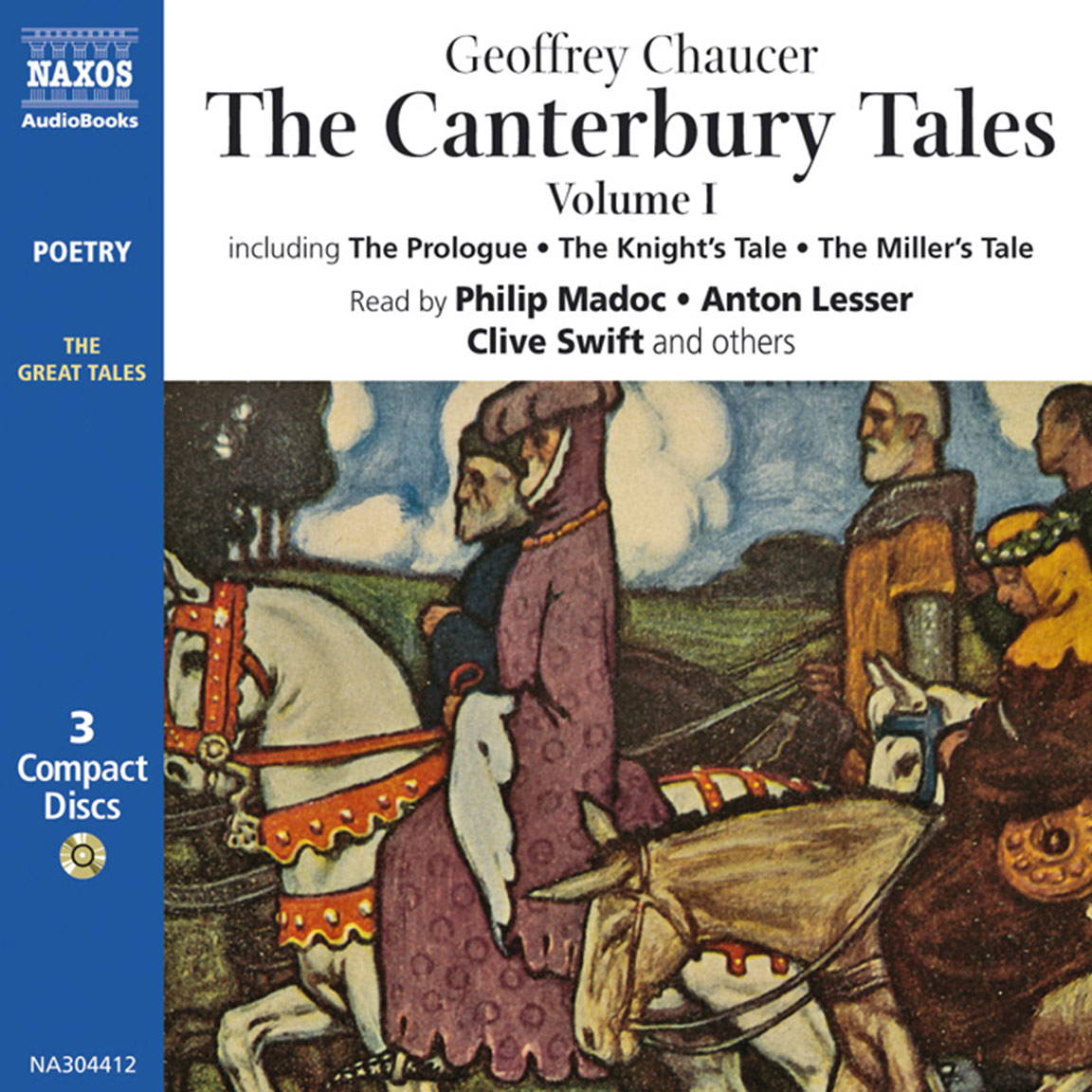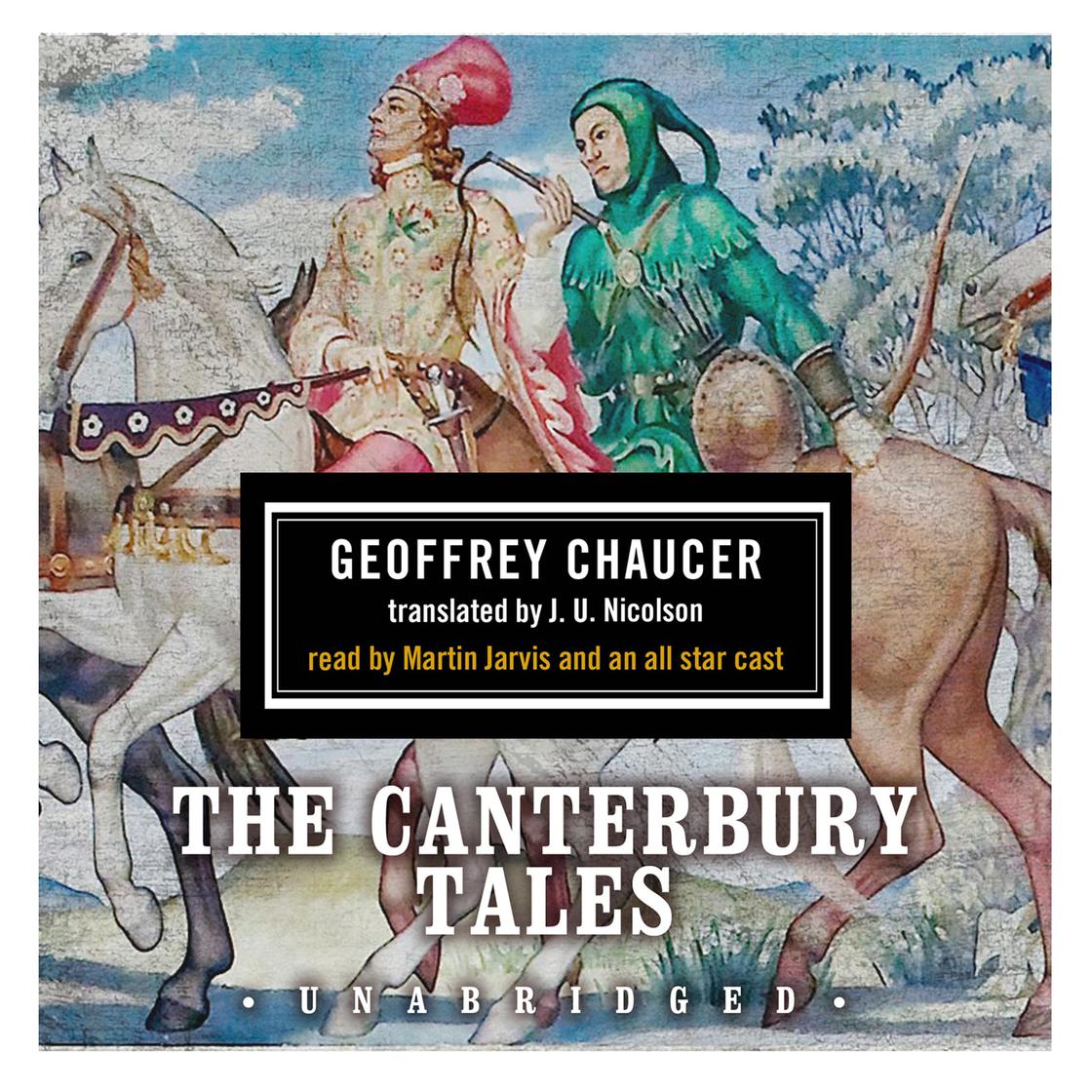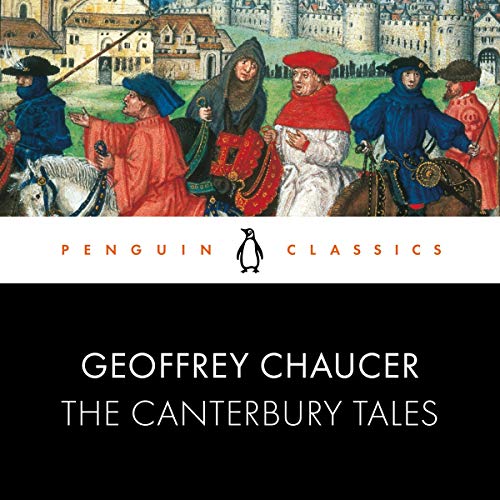Geoffrey Chaucer’s “The Canterbury Tales” Audiobook brings the classic collection of stories to life. This audiobook offers an engaging way to experience Chaucer’s work.
Geoffrey Chaucer’s “The Canterbury Tales” is a cornerstone of English literature. This collection of stories, told by pilgrims on their journey to Canterbury, provides a vivid snapshot of medieval life. The audiobook format brings these tales to life, making them accessible to modern audiences.
Each story is rich with humor, drama, and insight, reflecting the diverse personalities of the storytellers. Listening to the audiobook allows you to appreciate the rhythmic and poetic qualities of Chaucer’s Middle English text. It’s a delightful way to experience these timeless tales, whether for the first time or as a revisit to a beloved classic.
Geoffrey Chaucer’s Legacy
Geoffrey Chaucer’s “The Canterbury Tales” audiobook brings the iconic tales to life, showcasing Chaucer’s enduring literary legacy. This masterpiece offers vivid storytelling and rich character portrayals, captivating listeners and preserving medieval culture.
Life And Times
Geoffrey Chaucer was born in London around 1343. He lived during the Middle Ages. Chaucer worked as a public servant for many years. He was also a poet and author. Chaucer traveled widely, visiting France and Italy. He met many important people of his time. His experiences influenced his writing.
Literary Contributions
Geoffrey Chaucer is best known for “The Canterbury Tales.” This book is a collection of stories told by pilgrims. Each story has a unique theme and lesson. Chaucer’s writing style was new and exciting. He used everyday language that people could understand. This made his work popular among many readers. Chaucer is often called the “Father of English Literature.” His works have inspired many other writers. They are still studied and enjoyed today.
Origins Of The Canterbury Tales
The Canterbury Tales was written in the late 14th century. Geoffrey Chaucer wrote it in Middle English. This period was part of the Middle Ages. England was undergoing many changes. There was a rise in the middle class. Society was shifting from feudalism to early capitalism. People began to question traditional beliefs.
Chaucer was inspired by many sources. Classical writers influenced him. He admired Dante and Boccaccio. He also drew from his own experiences. Chaucer traveled to many places. He met people from different walks of life. These encounters enriched his storytelling. The tales reflect a mix of humor, wisdom, and social commentary.
Structure Of The Canterbury Tales
The frame narrative ties all the tales together. Pilgrims travel to Canterbury. Each pilgrim tells a story. This creates a collection of stories within a story. The frame gives context to each tale. It also adds depth to the characters.
The tales come in various genres. Some are romances. Others are fables. There are also fabliaux, which are comic and rude. This variety keeps the reader interested. Each tale offers something new. The mix of genres shows Chaucer’s skill. He can write in many styles.

Themes Explored In The Tales
The Canterbury Tales talks about different classes in society. People from the nobility to the common folk are included. These stories show how people from different backgrounds interact. Some tales criticize the upper class. Others show the struggles of the lower class. Chaucer uses humor and irony to make his points. This makes the stories both funny and thought-provoking. Readers can learn about medieval society through these tales.
Religion plays a big role in The Canterbury Tales. Many characters are from the church. Some are good, while others are corrupt. Chaucer shows the hypocrisy of some religious figures. The tales also teach moral lessons. They talk about virtues like honesty, kindness, and faith. Some stories warn against greed and pride. Religion and morality are central themes that offer valuable insights.
Character Analysis
The pilgrims in “The Canterbury Tales” are a diverse group. They come from different backgrounds and professions. Each pilgrim has a unique story to tell. The Knight is brave and honorable. The Miller is rude but funny. The Wife of Bath is confident and experienced. The Prioress is gentle and caring. The Monk enjoys hunting more than praying. The Friar is friendly but cunning. Every character adds depth to the tales.
Geoffrey Chaucer is both the author and a character in the story. He joins the pilgrims on their journey. Chaucer uses humor and wit in his narration. He describes each character vividly. His role is to observe and report the tales. Chaucer’s narration is engaging and insightful. He brings the stories to life through his words.
The Audiobook Experience
Different narrators bring unique voices to each tale. This makes the stories more engaging. Some narrators use accents to match the characters. Others use a calm and steady tone. There are also those who add dramatic flair. This variety keeps listeners interested.
Background music sets the mood for each story. It can be soft or intense, depending on the scene. Sound effects like footsteps or birds chirping add realism. These elements make the audiobook more immersive. They help listeners feel part of the story.
Impact Of Audiobooks On Literature
Audiobooks make classic literature accessible to everyone. People with visual impairments can enjoy stories. Busy individuals can listen while doing chores. Students can listen to complex texts with ease. Audiobooks bring old stories to new audiences. This encourages reading habits in young people.
Audiobooks add a new dimension to storytelling. Voice actors bring characters to life. Sound effects and music enhance the experience. This makes stories more engaging and memorable. Modern storytelling with audiobooks reaches a wider audience. They transform the way we experience literature.

Future Of Literary Classics In Audio Format
Modern technology helps to create amazing audiobooks. Devices like smartphones make it easy to listen to stories. People can enjoy classics anywhere, anytime. The sound quality of audiobooks has improved a lot. Voice actors bring characters to life with emotion. This makes listening more enjoyable. Audiobooks are also helpful for people with visual impairments. They can experience stories just like anyone else.
Audiobooks help keep the oral tradition alive. Storytelling has always been important in human history. People used to tell stories to each other. Audiobooks carry on this tradition. Listening to a story is different from reading it. It can feel more personal. Audiobooks allow people to share stories across generations. This helps to preserve cultural heritage. Children can enjoy classic tales through listening. It makes learning about history fun and engaging.

Conclusion
Discovering “The Canterbury Tales” through an audiobook brings Chaucer’s timeless tales to life. This format offers accessibility and enjoyment. Dive into medieval stories, rich characters, and vibrant narratives. Experience the brilliance of Chaucer’s work in a new, engaging way. Enjoy the journey through this literary classic.



